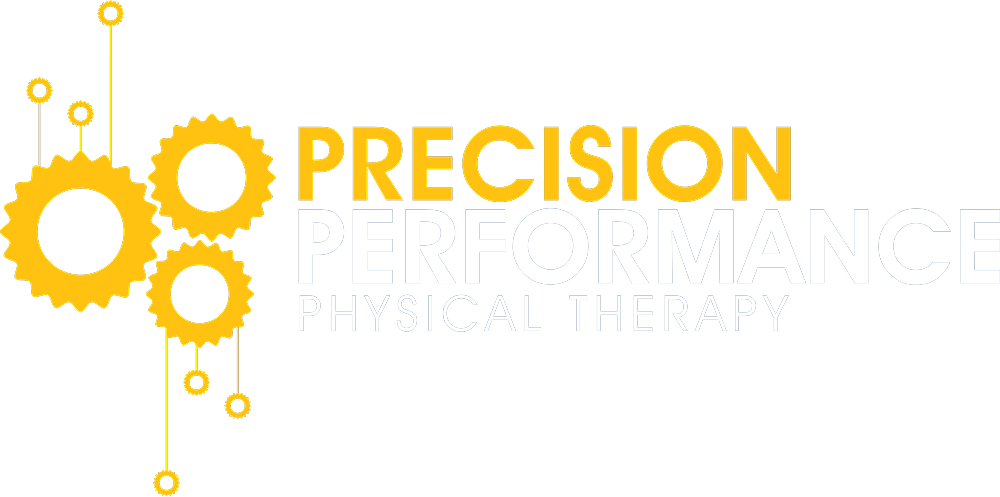Proper Form and Technique: The Best Defense Against Injuries

When it comes to injury prevention, one of the most important factors often gets overlooked: proper form and technique. Whether you’re lifting weights at the gym, running on the trails, or practicing yoga, the way you move your body plays a pivotal role in reducing your risk of injury. Performing exercises or movements with improper form can put undue stress on muscles, joints, and connective tissues, leading to strains, sprains, and overuse injuries.
In this article, we’ll explore the critical role that proper form and technique for injury prevention plays in protecting your body during physical activities. We’ll also cover common mistakes people make, how to correct them, and why adopting the right technique is essential for long-term injury-free movement.
Why Proper Form and Technique Matter for Injury Prevention
Every movement your body makes involves coordination between muscles, joints, and the nervous system. When you perform an exercise with improper form, you disrupt this coordination, which can lead to poor body mechanics and increased stress on certain muscles and joints. Over time, this added stress increases the risk of injury.
Here’s why proper form and technique are so crucial for injury prevention:
1. Prevents Overuse Injuries
Improper technique can lead to overcompensating with other muscles, placing excess strain on them. For example, when performing squats with poor form, you may rely more on your lower back or knees to complete the movement instead of using your glutes and thighs. This added stress on the lower back or knees over time can lead to chronic pain or overuse injuries like tendinitis or bursitis.
Injury Prevention Tip: Always ensure that your movements target the right muscles. In the case of squats, make sure your knees don’t extend past your toes, and engage your core and glutes to prevent stressing your lower back.
2. Enhances Joint Stability
Proper technique helps maintain good joint alignment and stability during exercise. When you use improper form, your joints may move in ways they weren’t designed to, leading to misalignments and wear on the cartilage. Over time, this can result in injuries like joint sprains, tendon tears, or conditions like osteoarthritis.
Injury Prevention Tip: Pay attention to the positioning of your joints, especially in high-stress movements like lifting or running. For example, ensure that your knees, hips, and ankles are aligned properly during exercises like lunges or deadlifts to avoid joint stress.
3. Reduces Muscle Strain
When you perform an exercise with improper form, certain muscles are often overextended, overused, or inadequately supported, leading to strain and discomfort. Muscle strain can occur when muscles are forced to contract or stretch beyond their normal range of motion, which can lead to tears or micro-tears in the muscle fibers.
Injury Prevention Tip: Focus on full-range movements, but don’t push beyond your current capabilities. If you’re lifting weights, for example, don’t try to lift too much weight too soon—this can compromise your form and lead to injury.
4. Improves Movement Efficiency
Proper form ensures that you move efficiently, using your body’s energy in the most effective way possible. When you perform an exercise correctly, your body works in harmony, making your movements smoother and less taxing. Incorrect technique often leads to wasted energy, muscle fatigue, and the potential for injury.
Injury Prevention Tip: Practice controlled, deliberate movements during your exercises. Focus on slow, steady repetitions and proper posture, especially when performing strength-based activities like squats, push-ups, or deadlifts.
5. Supports Long-Term Performance
As you continue to train, you want to build strength, flexibility, and endurance. Proper form and technique lay the foundation for long-term performance gains. When you consistently perform exercises correctly, you not only prevent injuries but also build a stronger, more resilient body that can handle more intense training over time.
Injury Prevention Tip: Start with lighter weights or lower intensity, and gradually increase the load as your form improves. This will allow your body to build strength progressively without compromising your technique.
Common Form and Technique Mistakes
Even if you’re following an exercise routine, it’s easy to fall into bad habits, especially if you’re not mindful of your form. Let’s look at some common mistakes that people make during exercise, and how to correct them for injury prevention.
1. Rounding the Back During Deadlifts or Squats
One of the most common mistakes people make during exercises like deadlifts and squats is rounding the lower back. This can place a lot of pressure on the spine and increase the risk of herniated discs or muscle strain in the lower back.
Proper Form Tip: Always maintain a neutral spine during these exercises. Engage your core and keep your back straight while lowering your body. Your chest should be lifted, and your knees should not extend beyond your toes. When lifting, push through your heels, not your toes, and ensure the load is evenly distributed.
2. Incorrect Knee Alignment During Squats and Lunges
When performing squats or lunges, improper knee alignment can lead to excessive stress on the knee joint. Knees that collapse inward (also known as valgus collapse) during these exercises increase the risk of ACL (anterior cruciate ligament) injuries and other knee problems.
Proper Form Tip: Focus on pushing your knees out in line with your toes, rather than letting them collapse inward. You should always be able to see your toes when you squat or lunge.
3. Locking Joints During Weightlifting
Locking joints, especially at the elbows or knees, during exercises like bench presses or leg presses can place excessive stress on the joint and lead to injuries such as ligament sprains or tendonitis.
Proper Form Tip: Avoid locking your joints at the top of a movement. Always maintain a slight bend in the elbows or knees to keep the muscles engaged and protect your joints.
4. Overreaching or Overextending During Stretching
While stretching is important for improving flexibility, overreaching or overextending beyond your body’s range of motion can lead to muscle strains or ligament sprains.
Proper Form Tip: Stretch to the point where you feel mild tension, not pain. Hold each stretch for 20-30 seconds, and avoid bouncing or jerking movements, which can strain muscles.
5. Poor Running Form
For runners, improper form, such as striking the ground with your heels or leaning too far forward, can lead to overuse injuries like shin splints, IT band syndrome, or stress fractures.
Proper Form Tip: Aim for a midfoot strike when running and keep your posture upright, with your body leaning slightly forward from the ankles—not the waist. Maintain a short stride to reduce impact forces on your joints.
How to Improve Your Form and Technique
Improving form and technique for injury prevention doesn’t happen overnight, but with some practice and attention to detail, you can develop better movement patterns. Here are some tips to help:
1. Start Slow
If you’re learning a new exercise or trying to correct poor form, start with lighter weights or lower intensity. Focus on mastering the form before adding resistance or speed. This helps you build good habits that reduce the risk of injury.
2. Use Mirrors or Video Recording
Using a mirror or recording yourself while exercising can help you spot mistakes in your form. It allows you to make real-time corrections and adjust your technique. If you’re unsure about your form, consider working with a coach or trainer to get personalized feedback.
3. Engage Core Muscles
Your core plays a major role in stabilizing your body and supporting proper form. Whether you’re lifting weights or performing bodyweight exercises, always engage your core to protect your spine and improve your stability.
4. Focus on Mobility and Flexibility
Improving your mobility and flexibility will help you achieve a full range of motion in your exercises, making it easier to maintain good form. Incorporate dynamic stretching and mobility drills into your warm-up and static stretching into your cool-down.
5. Listen to Your Body
Pay attention to how your body feels during exercise. If you feel pain or discomfort, stop the movement and reassess your form. Never push through pain—this often leads to further injury. Learn to distinguish between muscle fatigue and pain, and always err on the side of caution.
Get Personalized Guidance to Improve Your Form
Proper form and technique are key to injury prevention, but learning and maintaining correct form can be challenging, especially if you’re not sure where you’re going wrong. At Precision Performance Physical Therapy, we specialize in helping individuals improve their movement patterns, strengthen their muscles, and reduce their risk of injury. Book a free consultation with one of our expert physical therapists to get a personalized assessment of your form and technique. We’ll help you correct any bad habits, improve your posture, and design a safe, effective exercise program tailored to your goals. Don’t let poor form put you at risk for injury. Take control of your body and prevent injuries with proper technique today.
